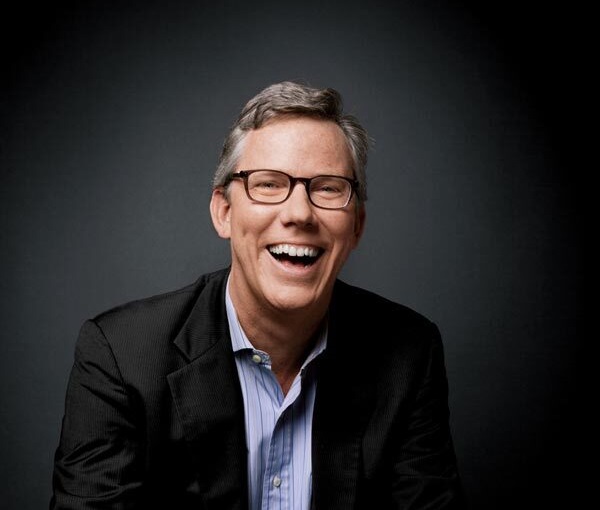The pandemic has affected virtually every business across the globe. Some are struggling, while others have fared better. But the hardest hit businesses tend to be the smaller players who are still grappling with stabilising the business from the impact of the pandemic, amid growth plans. At a time when businesses have to strategically pick their battles and optimise resource use, Brian Halligan, Founder and CEO, HubSpot, answers the 4 questions business founders ask – using HubSpot’s journey as an example.
Should we create a new product category, or compete in an existing one?
Deciding on creating a new product category or competing in an existing one is always a tough decision because it pretty much determines the direction the business will be heading and what we want to be known for. Chances are, this will unlikely be an obvious decision, and HubSpot is no exception – In fact this was one of our most debated topics in the first couple of years. Our first product line could have been easily described as an internet marketing application, something that would have required far less education and outreach than ‘inbound marketing’.
We settled on creating a new category and it worked out for us, but not without expending more than half of our marketing energy in the first decade to market just the term ‘inbound marketing’. Businesses need to realise it takes tremendous amounts of resources and effort to educate the market on the new product, the business’ value proposition and to cultivate product awareness. More importantly, they need to learn to let go and move on when the idea simply doesn’t work.
Unfortunately (or not), there is no magic formula to ensure it always works, and success hinges on a calculated method of trial and error. Maybe things would have been radically different had we gone the other way but it is the bet we took – and stuck to. And we are extremely happy with where we are today.
When do you go from ‘startup’ to a ‘ready-to-scale business’?
Every business is, at some point, a startup. There are certain ‘milestones’, such as when you go through investor funding rounds or go public, but the truth is there isn’t a single moment, or a set of criteria, that indicates precisely when you have graduated into a ‘legit’ business. However, growth is never linear and it most definitely will not adhere to a single trajectory. There will always a problem – be it due to external factors or self-induced. As companies and their offerings evolve, things inevitably ‘break’. And as soon as you think you have it figured out, you’d be fighting fire somewhere else again.
At HubSpot, scaling has been very gradual, and we still see ourselves as taking two steps forward, and one step back. We’re constantly trying to get better, and constantly iterating the way we serve customers, hire, sell and market. This mindset has served HubSpot well – we’re not too attached to the past, be it success or failures, people or practices. In particular, our team has changed tremendously over our journey, and we allow every employee to bring their expertise and insights to the table, to do what they do best, and take the company to new and greater strengths.
M&A versus organic growth – How does that factor into the expansion blueprint?
We’ve asked ourselves “How many 100 billion dollar businesses have managed to grow their organisation without becoming a M&A shop?” If you look across the technology landscape, there are surprisingly few large enterprises that have built their product stack fully organically.
Apple, for example, makes numerous small acquisitions, and blended the new teams and technologies into its primary suite of capabilities. We’ve seen the same success with brands like Amazon and ServiceNow as well.
The exact strategy to take depends on each company’s individual product proposition, capabilities, and long-term vision, but the key consideration is to ensure that any acquired team or product is integrated seamlessly into your existing ‘primary colours’, and is able to enhance the core product proposition, instead of just being a supplementary add-on.
When do you start thinking about culture?
Culture is one of those intangible forces that contributes to an organisation’s performance. But naturally as entrepreneurs, we want to see measurable cost and benefit analysis before being sold on it. While HubSpot is known for its amazing culture today, cultivating it hasn’t always been our priority.
However, as we continued to speak with other founders of successful businesses, we realised that culture is how you build a big company. It determines how people make decisions when you’re not in the room. It is how you scale your company. We think of HubSpot as having two products – one that’s customer-facing, that everyone knows about, and the other is our culture, where we compete against other great companies for talent. Even today, it continues to evolve to take into today’s climate and issues that our employees care about.
Looking forward: Growth opportunities in Asia?
Asia today is an entirely different landscape compared to how it was just a couple of decades ago. In the past 20 years, Asian businesses have been fast gaining on its western counterparts, as the region’s share of top-performing firms globally increased from just 19 percent to 30 percent. With fast growing capital and talent budding in rapidly developing markets such as India and China, there’s little reason why we won’t see more major enterprises grown out of Asia. It’s exciting to witness Asian economies evolving from a participant in global trade and integration, to a key player that will determine the direction of economic development in the years to come. And this means new opportunities for young companies and startups to continue to carve new niches in their product and service offerings to capture and engage new customer groups.














